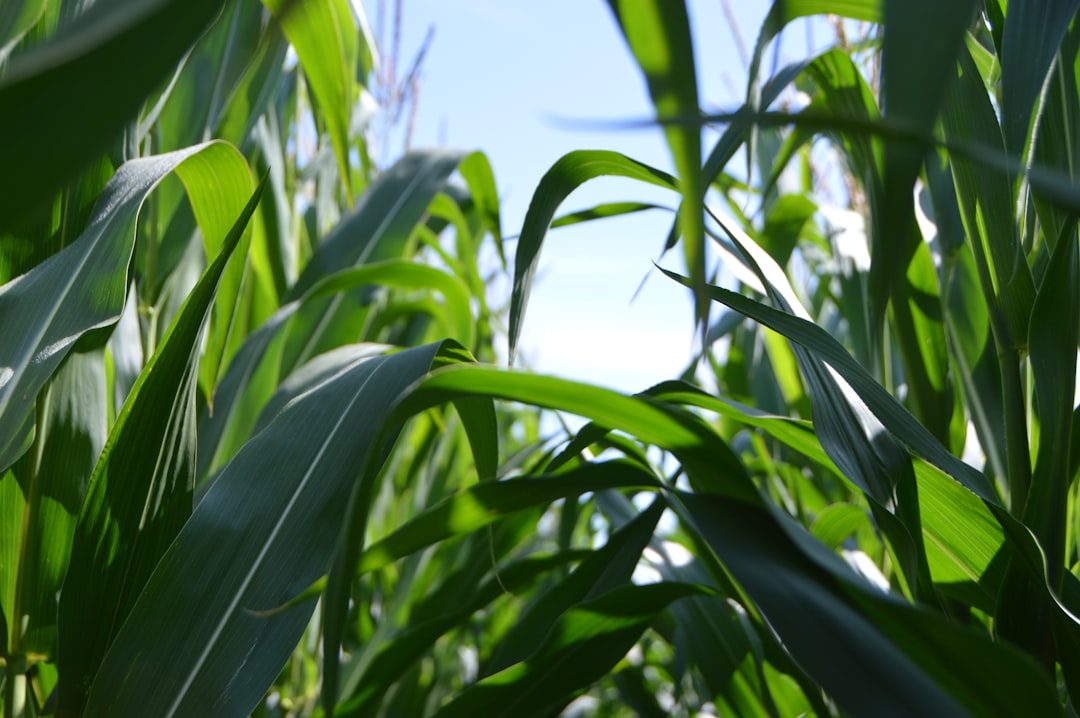What is it about?
The need to reuse grapevine (Vitis vinifera L.) byproducts avoiding negative environmental impact demands the search for new valorization methods like thermomaceration. The combination of grapevine byproducts and grape must may be an alternative to get hold of additional aroma. The objective of this study was to assess the aroma potential of grape pomace, grapevine leaves and canes for País (PA) and Lachryma Christi (LC) cultivars to enrich grape must. Fifty aroma compounds were identified in the samples using stir bar sorptive extraction followed by thermal desorption, gas chromatography and mass spectrometry. ‘País’ must showed high contents of esters with a characteristic fruity odor, while benzenoids prevail in LC must giving a phenolic, balsamic odor. Thermomaceration increased contents of 13 free and bound volatile compounds, as well as new compounds (isoeugenol, phenol, vanillin and 2-ethyl hexanol) appeared in enriched juice (EJ). Cluster analysis showed differences among PA, LC and EJ samples. Principal component analysis was successfully applied to discriminate grape juice samples (p < 0.05) being D-limonene, 5-hydroxymethyl-2-furfural and hexadecanoic acid the compounds that contributed most to the differentiation and increase of free and hydrolyzed aroma compounds after thermomaceration. Both grapegrapevine by-products and juice processing conditions affected the generation and increase of free and bound aroma compounds after thermomaceration of grape must.
Featured Image
Why is it important?
The re-use of by-products from grape industrialization offers a new opportunity to contribute to diversification of fruit juices taking care about environmental problems in the food industry.
Perspectives
The development of new products with particular aroma compounds may be interesting for consumers that are looking for high quality and natural fruit juices.
Dr Johannes P.F. de Bruijn
Universidad de Concepcion
Read the Original
This page is a summary of: Aroma characterization of grape juice enriched with grapevine by-products using thermomaceration, Chilean journal of agricultural research, September 2017, SciELO Comision Nacional de Investigacion Cientifica Y Tecnologica (CONICYT),
DOI: 10.4067/s0718-58392017000300234.
You can read the full text:
Contributors
The following have contributed to this page










